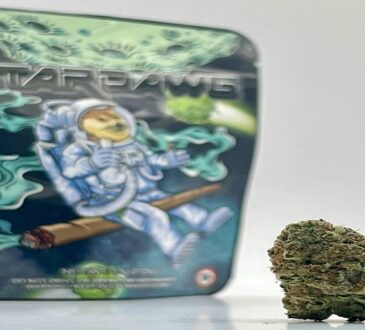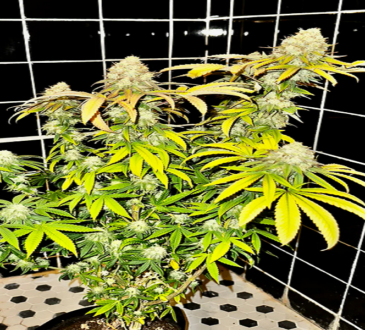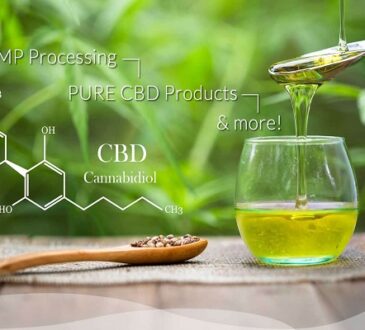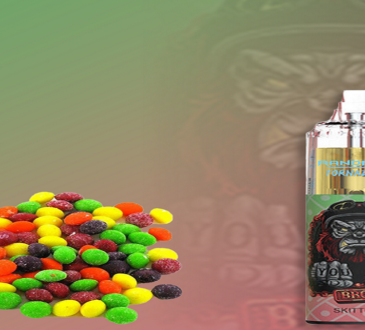Yet another cannabinoid that is gaining popularity is THCP, which stands for Tetra-hydro-canna-bi-phorol. It is derived from Hemp and acts similar to regular THC since it is psychedelic; However, it’s known to be 33 times stronger. Right here is what you need to understand about THCP.
How THC-P Is Made?
THCP first starts as a compound initially formed as cannabigerol acid ( CBGA), known as the mother cannabinoid” from which cannabinoids derive from. As carboxyl groups (molecules consisting of one carbon, 2 oxygen, and one hydrogen atom) form the particle. This happens when the plant component is heated up.
Also, it has no biological effect. Depending on the various enzymes with which it interacts, CBGA can become tetrahydrocannabinol acid (THCA) or cannabidiol acid (CBDA), among others. Once again, these have little effect when consumed. It’s just when the carboxyl group diminishes that they do.
TCHPA (Tetrahydrocannabiphorol Acid) and CBDPA (Cannabidiphorol Acid) come to be THCP and CBDP when heated. They compose only a little percent of a plant’s overall cannabinoid makeup– and they’re quite potent. THCP is 33 times more powerful than routine THC, which indicates its effects on the body are magnified. At CBD Direct Solution, thcp for sale is available.
What Makes THC-P Psychoactive?
The THC molecule contains a short chain of alkyl (a group of carbon and hydrogen atoms). These alkyls promote lipophilic activity, in which they dissolve amongst cellulitis. In THC’s instance, the alkyls bind to cannabinoid receptors (particularly CB1 and CB2) throughout the central nervous system and immune system. Because it can bind to cellulite, it can prevent various other particles from hindering cells.
This is why THC has antioxidant effects: it avoids molecules from losing electrons and therefore alters their structure. While the THC particle contains an alkyl group consisting of 5 carbon atoms, THCP’s has 7. This might not feel like a massive difference, however, it allows even more of the substance to bind to cannabinoid receptors– therefore raising the psychedelic and pain-relieving impacts.
To create a high, the THC compound should have 3 links to bind to the Endocannabinoid Receptors. In THCP, the long chain is what causes the high strength.
Uses of THC-P
If you go to at least a semi-regular cannabis individual, you have likely consumed THCP. It exists in trace amounts in numerous strains of Sativa. As not all strains have been evaluated at the molecular level, some strains may have a greater percentage of THC-P. An unexpected high despite having a small dose might be because of the existence of THCP.
Similar to any cannabis use, observe your body’s reactions and limit your dosage if you are experiencing side effects. THC might create fear, stress and anxiety, tiredness, dry mouth and eyes, amnesia, and gastrointestinal distress in some users. It’s sensible to assume that as THCP binds to extra CB1 receptors, its adverse effects might be much more extreme.




